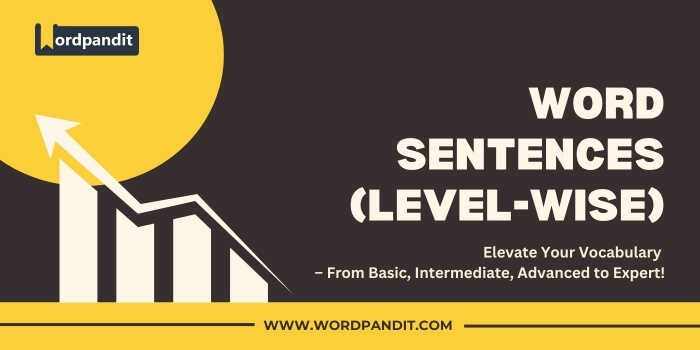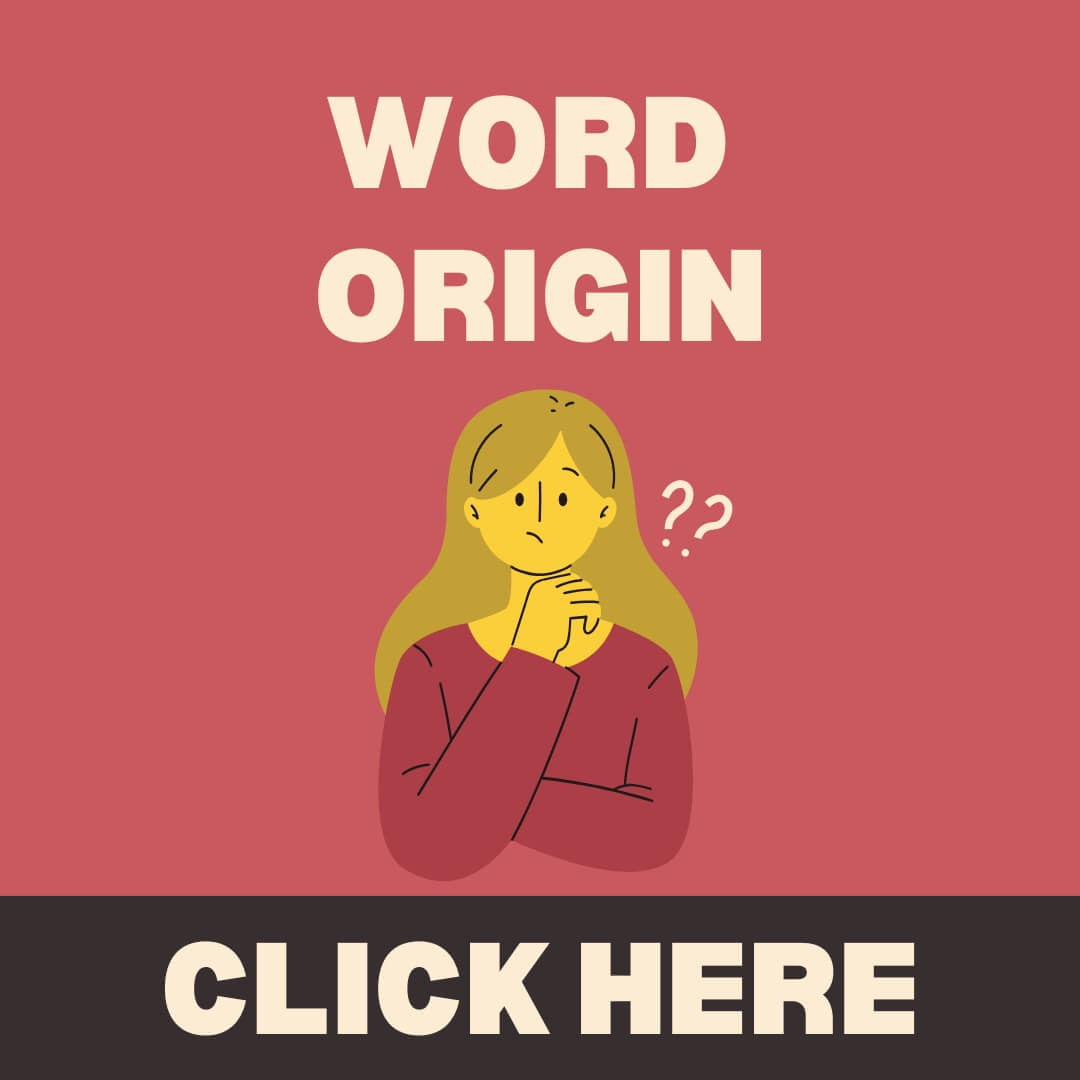The word “countenance” can function as both a noun and a verb. As a noun, it refers to a person’s facial expression or appearance. As a verb, it means to tolerate or approve something. Understanding how to use “countenance” correctly will help improve your vocabulary and comprehension in both everyday and formal contexts.
Basic Level Sentences for Countenance
1. Her countenance showed great sadness. (Noun)
- Here, “countenance” refers to facial expression.
2. His cheerful countenance brightened the room. (Noun)
- “Countenance” is used to describe a happy facial expression.
3. She had a serious countenance during the meeting. (Noun)
- Indicates a focused or stern expression.
4. His countenance betrayed his nervousness. (Noun)
- Shows that facial expressions can reveal emotions.
5. The teacher’s stern countenance made the students nervous. (Noun)
- “Countenance” is used to describe a serious or strict look.
6. The kind woman’s countenance put everyone at ease. (Noun)
- Illustrates how expressions influence emotions.
7. He could not countenance such rude behavior. (Verb)
- Here, “countenance” means to tolerate or accept.
8. She refused to countenance any form of cheating. (Verb)
- Shows disapproval of an action.
9. His parents would never countenance lying. (Verb)
- Illustrates moral opposition.
10. The company does not countenance unethical practices. (Verb)
- Used in a corporate ethics context.
Intermediate Level Sentences for Countenance
11. His pale countenance indicated he was unwell. (Noun)
- Shows how “countenance” can reflect health status.
12. She maintained a composed countenance despite the bad news. (Noun)
- Illustrates emotional control.
13. His countenance changed when he heard the shocking truth. (Noun)
- Demonstrates how facial expressions shift with emotions.
14. The general’s countenance revealed his confidence before battle. (Noun)
- Used in a leadership and strategic context.
15. Despite his calm countenance, he was deeply troubled. (Noun)
- Shows how expressions can sometimes hide emotions.
16. She refused to countenance any form of workplace harassment. (Verb)
- Illustrates a strong ethical stance.
17. The king would not countenance rebellion against his rule. (Verb)
- Demonstrates political authority.
18. His strict upbringing did not countenance disobedience. (Verb)
- Shows how rules influence behavior.
19. The principal countenanced the changes to school policies. (Verb)
- Shows approval of a decision.
20. The government cannot countenance any threats to national security. (Verb)
- Used in a security and policy context.
Advanced Level Sentences for Countenance
21. His countenance darkened when he heard of the betrayal. (Noun)
- Illustrates how facial expressions can reveal emotions like anger.
22. Despite the tragedy, she maintained a dignified countenance. (Noun)
- Shows how composure can be maintained in difficult situations.
23. His stern countenance commanded respect from his subordinates. (Noun)
- Demonstrates authority through facial expressions.
24. The diplomat’s unreadable countenance made negotiations challenging. (Noun)
- Shows how an expression can be used strategically.
25. Her radiant countenance suggested she had received good news. (Noun)
- Illustrates how happiness can reflect on one’s face.
26. He could no longer countenance the corruption within the organization. (Verb)
- Shows a strong moral stance against wrongdoing.
27. The board refused to countenance the risky business proposal. (Verb)
- Demonstrates corporate decision-making.
28. She countenanced the plan only after thorough deliberation. (Verb)
- Shows cautious approval after consideration.
29. The senator could not countenance policies that harmed the public. (Verb)
- Demonstrates ethical decision-making in politics.
30. The artist’s countenance revealed deep contemplation as he worked. (Noun)
- Describes how expressions can reflect thoughtfulness.
Expert Level Sentences for Countenance
31. The philosopher’s serene countenance reflected his years of meditation. (Noun)
- Links countenance to inner peace and wisdom.
32. The monarch’s impassive countenance masked his true intentions. (Noun)
- Shows how facial expressions can conceal emotions.
33. The detective’s scrutinizing countenance unnerved the suspect. (Noun)
- Illustrates the use of countenance in investigative situations.
34. His countenance bore the marks of years of hardship and resilience. (Noun)
- Describes how a face can tell a life story.
35. Despite overwhelming opposition, the judge countenanced the controversial ruling. (Verb)
- Illustrates countenance as a term of legal approval.
36. Scholars debated whether the ancient texts countenanced such practices. (Verb)
- Shows countenance in an academic and historical context.
37. His countenance, once vibrant, had grown weary with age. (Noun)
- Illustrates aging through facial expressions.
38. The emperor refused to countenance any dissent within his empire. (Verb)
- Demonstrates absolute power and intolerance of opposition.
39. The scientist’s measured countenance reassured the public during the crisis. (Noun)
- Shows leadership through composed expression.
40. The professor’s approving countenance encouraged students to speak freely. (Noun)
- Illustrates how facial expressions can foster open discussion.
Mastering Countenance
Now that you have explored various sentence examples for “countenance,” you can confidently use the word in different contexts, from casual conversations to professional and literary discussions. Understanding “countenance” in its multiple dimensions ensures you use it appropriately and effectively. Keep practicing by incorporating “countenance” into your writing and speech!



















